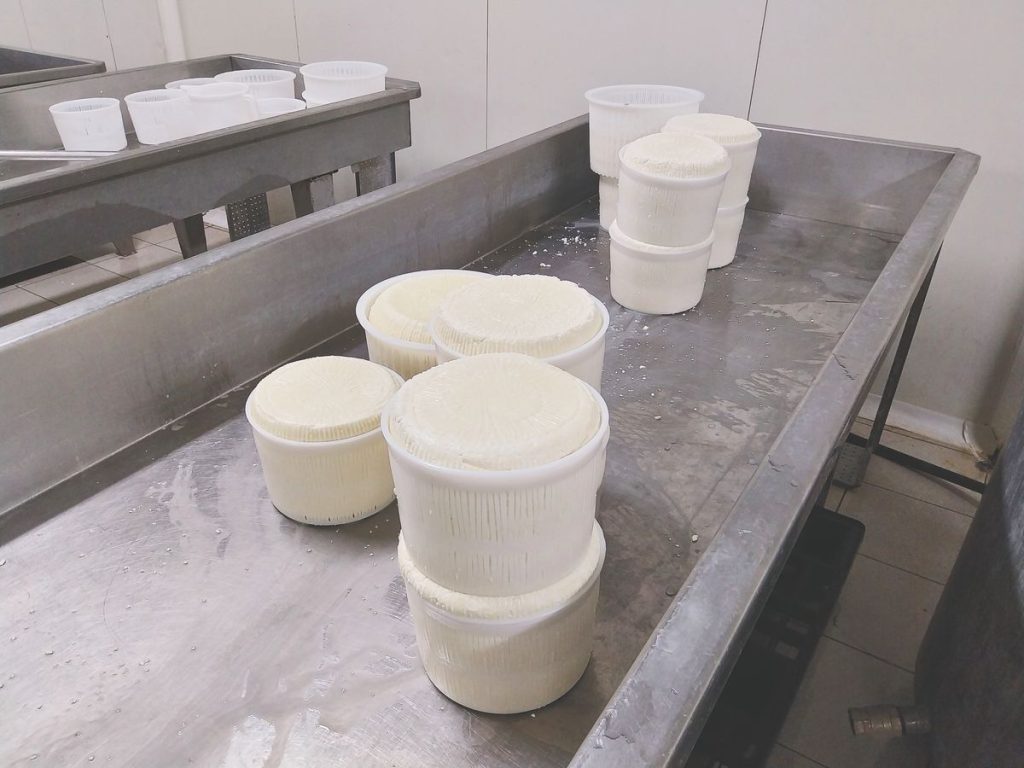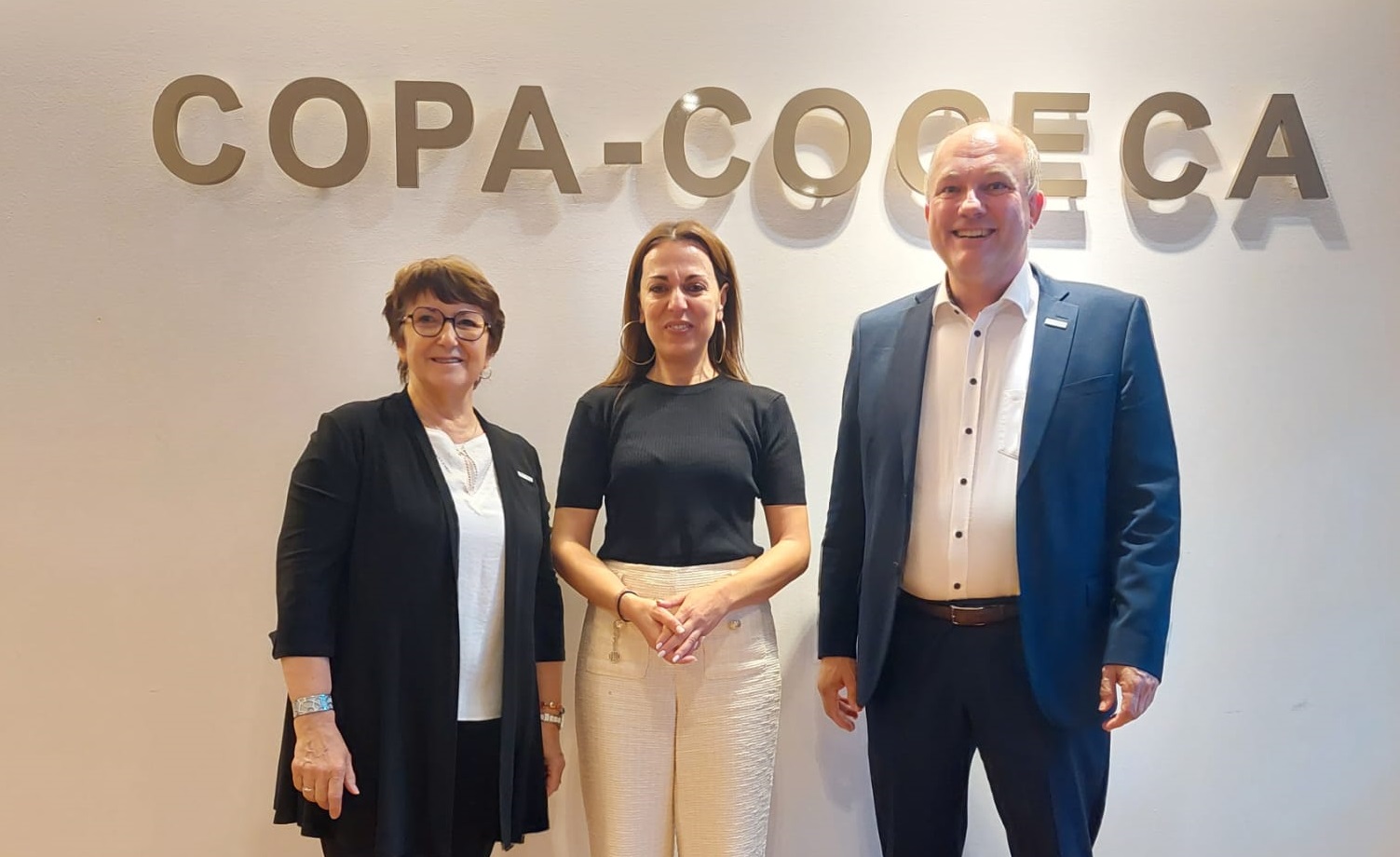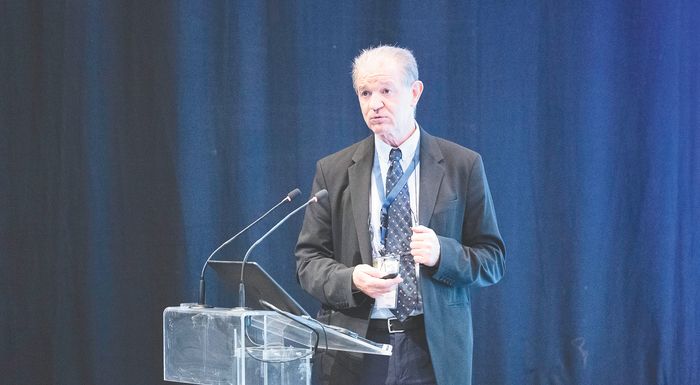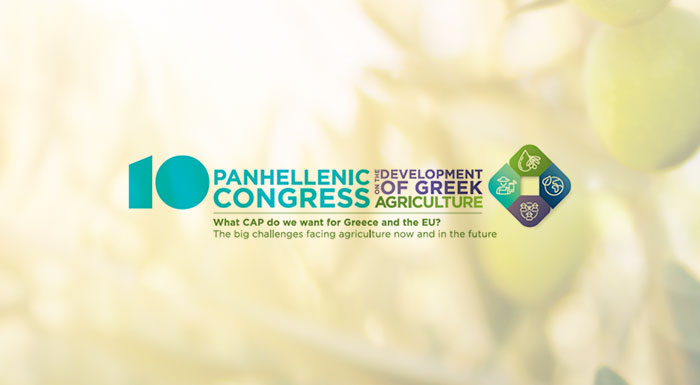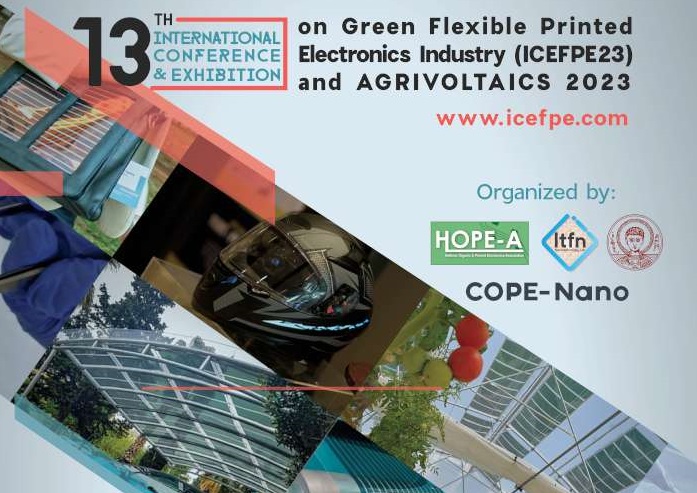Sustainable cotton debate at the UN
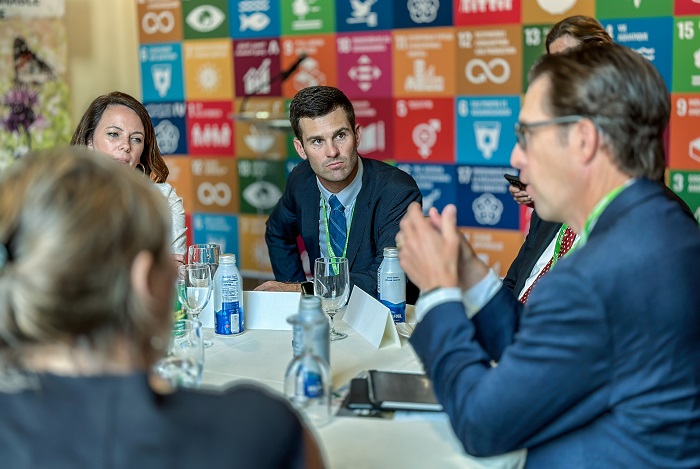
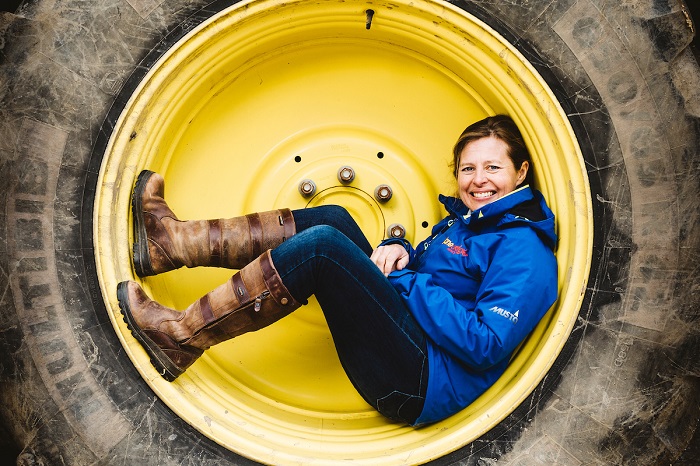 by Jane Craigie, Agriculturalist & Journalist Founder of Jane Craigie Marketing
by Jane Craigie, Agriculturalist & Journalist Founder of Jane Craigie Marketing
In September 2023, cotton growers, ginners and fashion experts met at the United Nation’s headquarters in New York to discuss sustainable cotton and its important future.
Global cotton production is estimated at 25 million tons, over 70% of which is produced by China, India, the USA and Brazil*. Cotton is a vital crop for the world, providing an income for more than 250 million people and accounting for half of all of society’s textiles**.
Improving the sustainability of cotton has been an increasingly important focus for the farming sector, driven by consumers seeking more environmentally conscious and ethical sources.
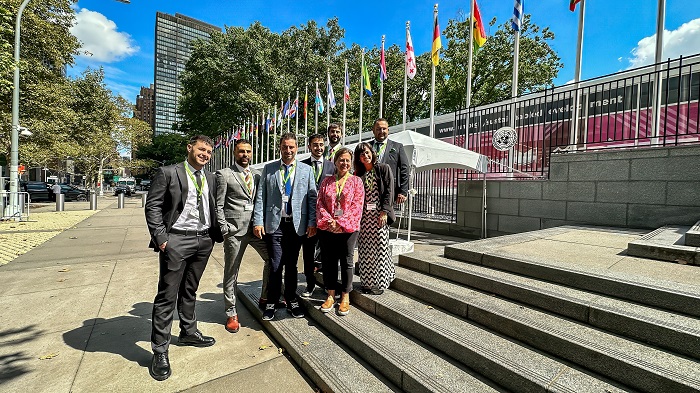
In 2017, the global textile industry started a journey to source 100% more sustainable cotton. (The Sustainable Cotton Communiqué). The roadmap for this journey aligns with many of the United Nations’ 17 Sustainable Development Goals (SDGs), on track for 2030. Realistically, however, it is expected in the industry that sustainably produced cotton will be the norm for most fashion brands by 2040.
The demand for sustainable cotton is growing rapidly. The International Institute of Sustainable Development tracks the production of voluntary sustainability standard (VSSs) cotton, such as Better Cotton, and has seen a 40% annual growth since 2008***.
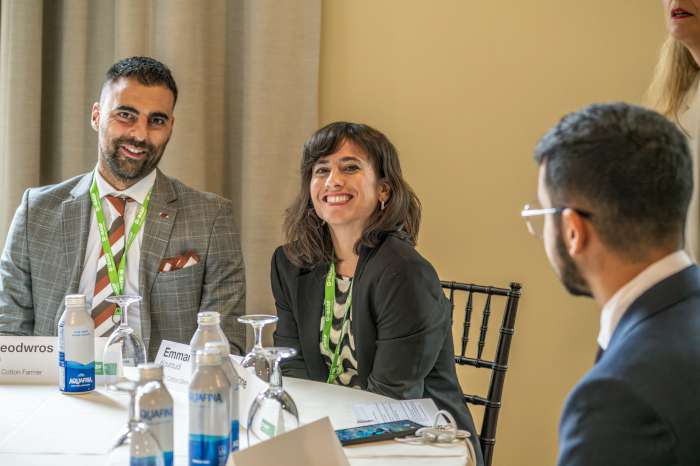
On 12 September, on a bright fall day, ten cotton growers, from the US and Greece – Europe’s primary cotton producing nation – along with ginners and the fashion industry, met in at the United Nation’s headquarters in New York, to coincide with the UN’s 78th Delegate Assembly. The event was organized by BASF to share the initiative that it has established to create sustainable cotton supply chains from seed to garment.
The event, aptly named “United for the Biggest Job on Earth”, brought people and businesses from the whole supply chain to share their sustainability endeavors, from growing and harvesting the crop, ginning, to producing cloth and manufacturing the final product, all presenting opportunities to reduce cotton’s social and environmental impact by making focused changes.
The BASF Certified Fiber Max (CSF) Cotton Program, or e3 as it is called in the US, united the ten farmers at the UN event. CSF uses blockchain to track every action and practice that happens from the day that the seed is planted, to the day that a customer buys the resulting garment. From a farmer’s perspective, they record everything that happens to the sowing, crop protection and harvest of the final crop.
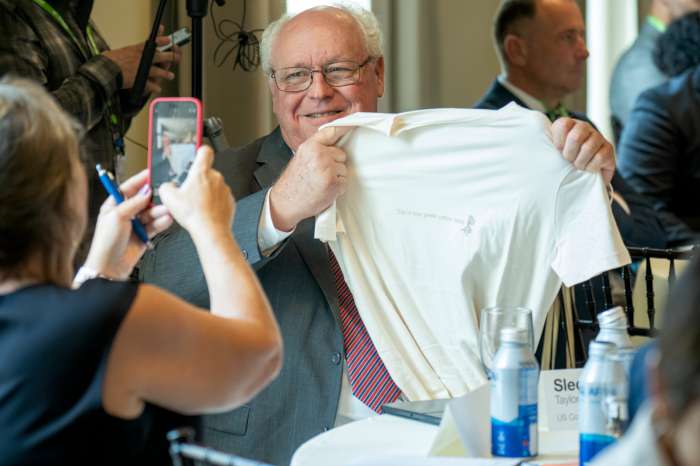
Sledge Taylor was one of the growers to join the UN event. He farms in Como, Mississippi in the south of the USA, he has grown cotton for many years and has been a driving force in the US National Cotton Council. For him, the e3 program is all about sustainability, which is part-and-parcel of farming, so becoming involved in BASF’s quest to develop an end-to-end sustainable cotton supply chain fitted perfectly with his farming ethos.
“The program is important, farmers are frequently asked to do things that might benefit society or benefit other aspects of the economy, and we are not always rewarded for it. The e3 program is rewarding us for some of the work we do. So, I’m very, very supportive of that.”
Sledge’s farm is a family business, and leaving the land better is his primary focus.
“Our farm is about an hour south of Memphis, Tennessee, we farm in two locations. One is a rolling hill area of North Mississippi, and the other is over in the eastern edge of the Mississippi Delta. We grow cotton, corn, soybeans, we have some timber and pastureland with cattle.”
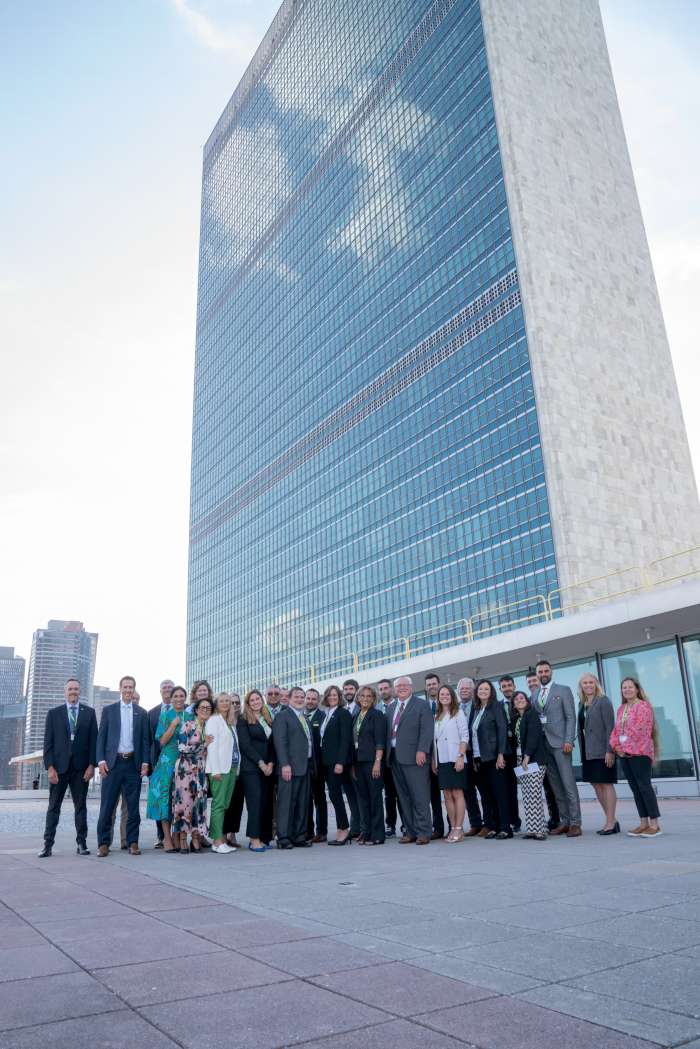
Sledge explains that the cotton crop is “extremely important in the United States. A lot of it stays local, the cotton gin, the processors, and the retailers of the cotton, as well as the farm supplies – they all provide jobs. Cotton is a very strong segment of our economy.”
He adds that the sustainability of cotton is driven by the consumer; they influence what the retailer sources, which then comes down the chain to the farmer.
“I’m a big proponent of reading the label. Of course, I produce cotton and I want people to buy cotton, but so many people do not even read the label when they buy a blouse or a pair of jeans.”
He adds: “Cotton is a natural fiber that comes from a flower, while polyester is basically plastic. I always ask, would you rather wear something that comes from a flower, or something that comes from an oil well?”
For Sledge, sustainable farming means providing for the future. “When I first farmed, my father had taken over the land, a lot of which had been eroded and abused. Back then, people didn’t understand good farming principles. And so, sustainability to me is providing for the future, yet managing to take care of our needs today.”
Soil health and improvement are at the heart of all that Sledge does, including using no-till cultivations and planting cover crops – both improve soil texture, water-holding dynamics, and fertility.
“No-till means just not tilling the soil and, a cover crop over the winter looks like this blanket of crop material on the land that just helps insulate the ground and helps soak up rainfall.”
Emmanouela Kouroudi, a third-generation cotton ginner from Greece, joined the delegation to the UN.
Of sustainable cotton she says: “Sustainability may mean totally different things from for each part of the supply chain. For the farmers, it has more to do with the practices like water use it, soil health, working condition, better income. For the ginners, it has to do with the process, like we have to take care of the farmers to set them some specific goals, and for the rest of the chain, we have to encourage space in the cotton industry and in the market for this sustainable cotton to be sold.
“For the final consumer, it has to do with the story behind the cloth. It has to do with transparency about where this cloth was made, by who and how. At the end of the day, there are the three main pillars that have to be understood by everybody, it’s all about society, the environment and sustainable economics.” These aspects, and the CSF program, are aligned with the UN’s Sustainable Development Goals.
* source: https://worldpopulationreview.com/country-rankings/cotton-production-by-country
** source: https://www.worldwildlife.org/industries/cotton
*** source: https://www.iisd.org/ssi/announcements/sustainable-cotton-farmers-prices-incomes/
